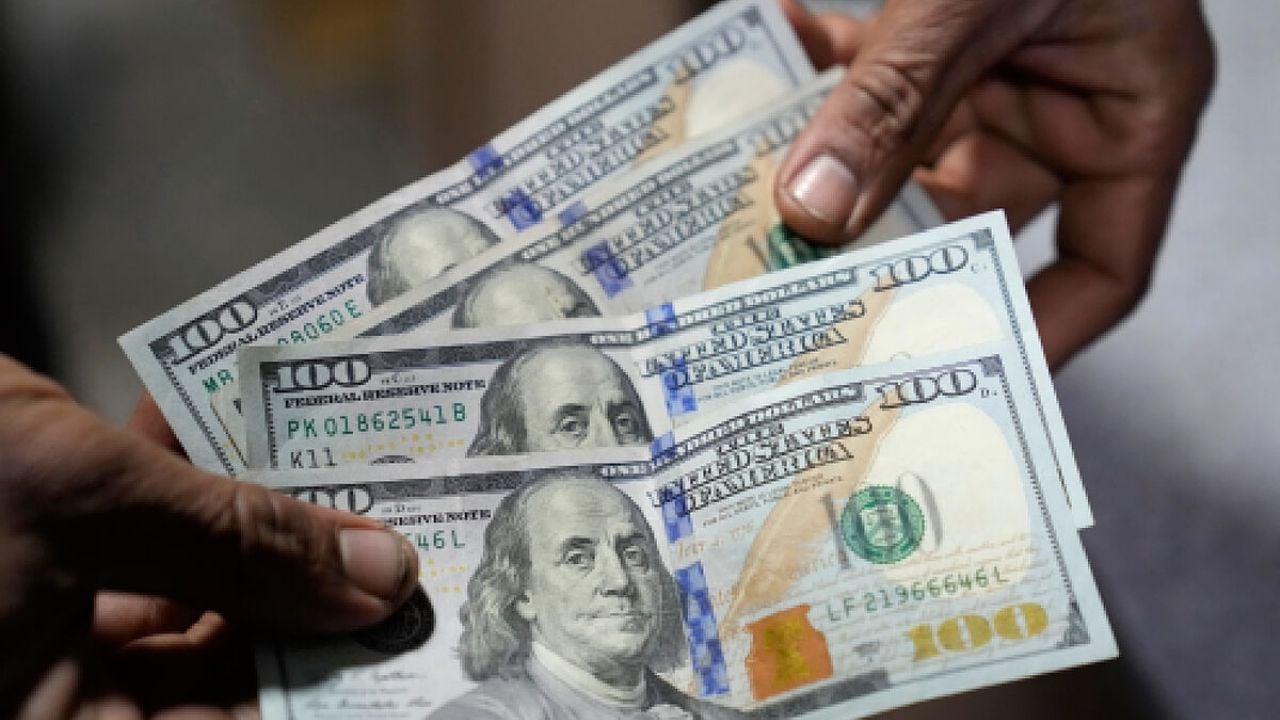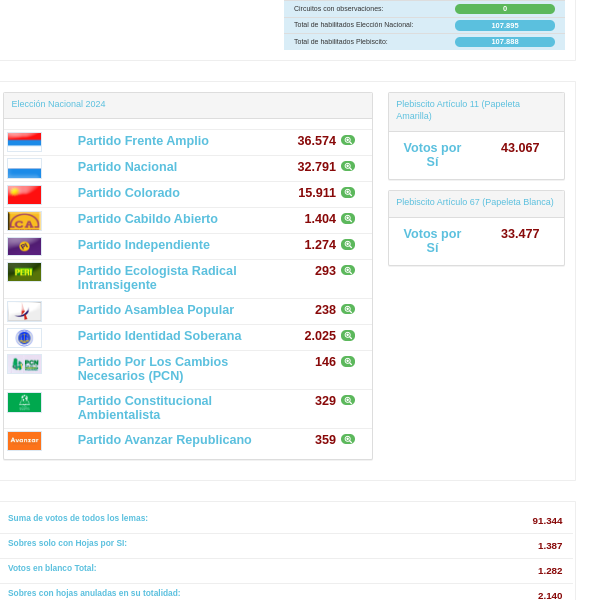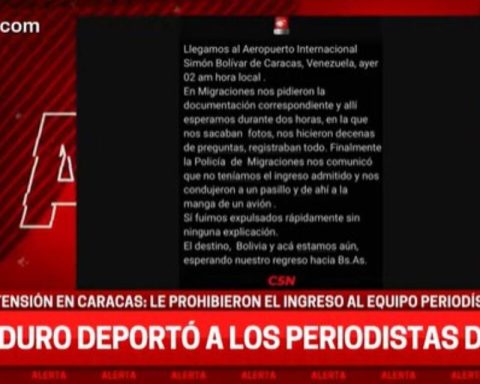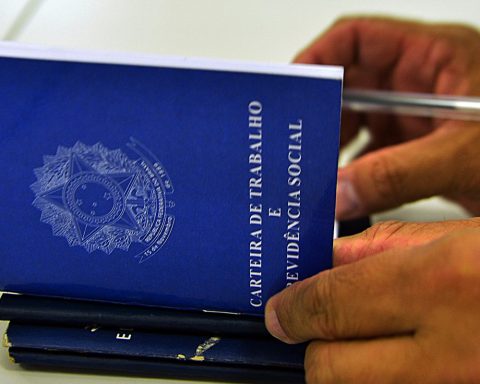The quote of dollar It continues to be a topic of great interest and concern for many citizens and economic actors. On this day, the official dollar and the blue dollar present significant differences in their values, reflecting the economic tensions and challenges facing the country.
He dollar official, which is the exchange rate controlled by the government and used for official and commercial transactions, is quoted at $971.50 for purchase and $1011.50 for sale on the screens of the Banco de la Nación Argentina (BNA).
This value is crucial for imports and exports, as well as for transactions that require the intervention of the Central Bank. He dollar wholesale, which is the exchange rate used by large companies and banks for high-volume operations, is at $992.
The difference between the wholesale dollar and the official retail dollar reflects the additional costs and regulations that affect smaller transactions. He dollar blue, also known as the parallel or informal dollar, is quoted at $1,170 for purchase and $1,190 for sale in the City of Buenos Aires.

This exchange rate arises from the black market and is used by those seeking to avoid exchange restrictions imposed by the government. The gap between the blue dollar and the official dollar is an indicator of distrust in the formal economy and the country’s exchange policies.
In addition to the official dollar and the blue dollar, there are other exchange rates that are relevant in the Argentine market. The MEP dollar (Electronic Payment Market) is trading at $1,131.46. This exchange rate is used to purchase dollars through the stock market, allowing investors to access foreign currency legally but with fewer restrictions than the official market.

Price
He dollar CCL (Cash with Settlement) is trading at $1,158.12. Similar to the MEP dollar, this exchange rate allows investors to buy dollars in the local market and transfer them abroad. Crypto Dollar is trading at $1155. This type of exchange refers to the purchase of dollars through cryptocurrencies, an option that has gained popularity due to its flexibility and less regulation.
The difference between the official dollar and the blue dollar has a significant impact on the Argentine economy. The exchange gap, which stands at 19.95% between the blue dollar and the wholesale dollar, reflects the uncertainty and lack of confidence in the local currency.
follow us on Google News and on our channel instagramto continue enjoying the latest news and our best content.


















